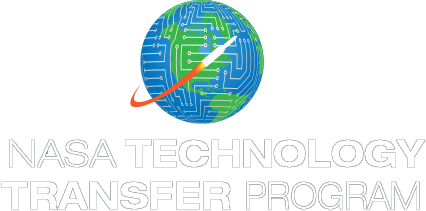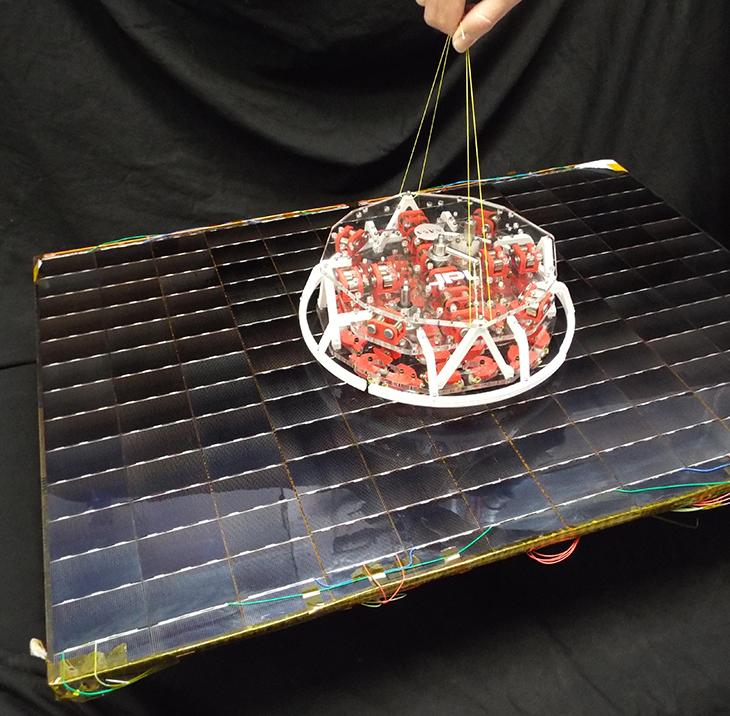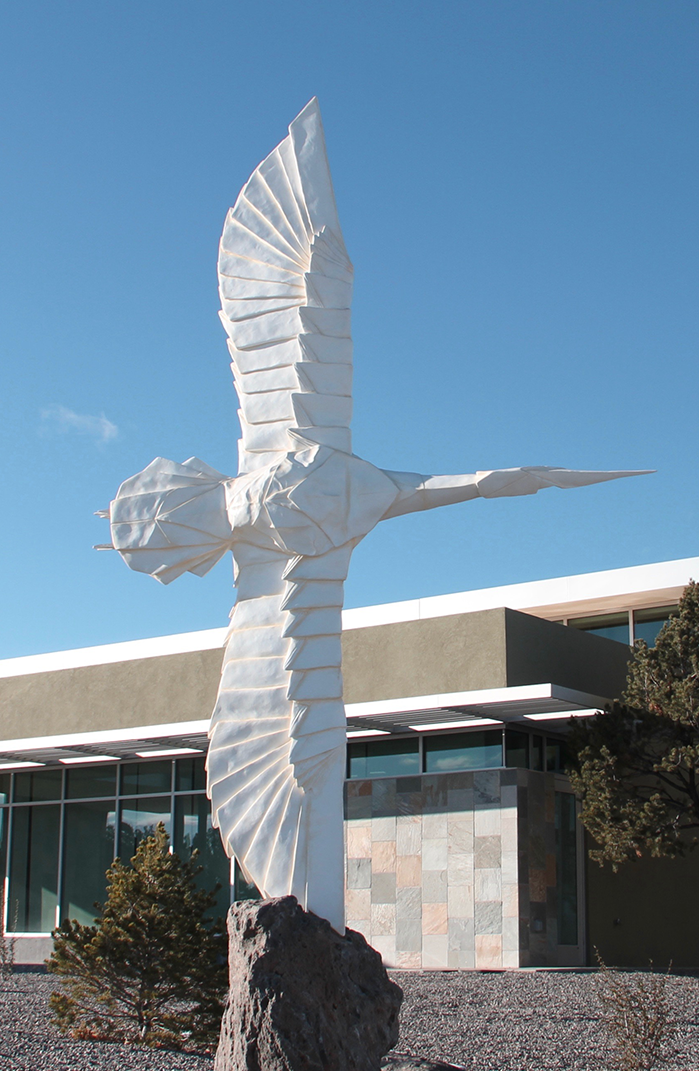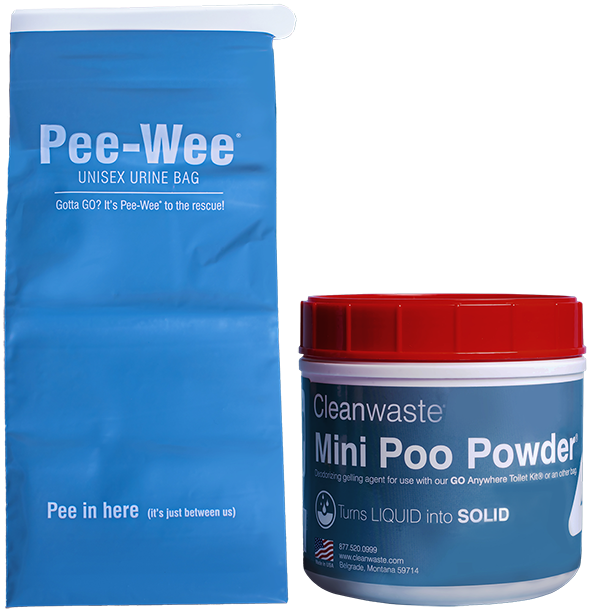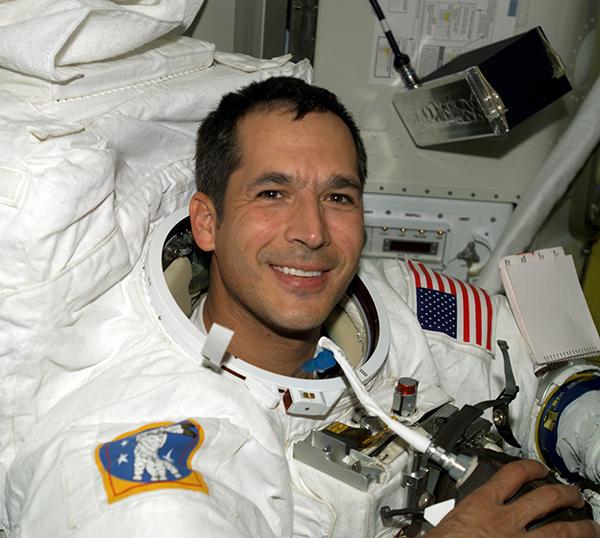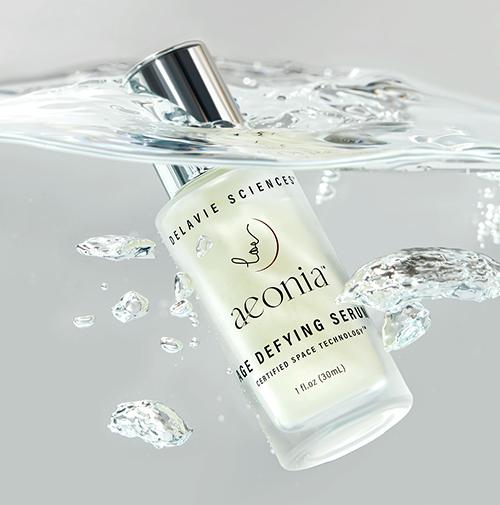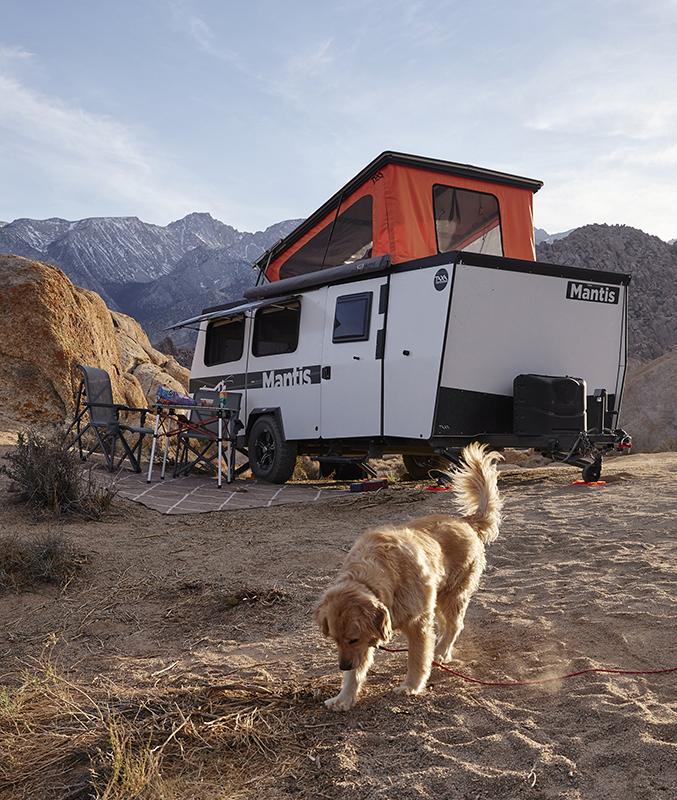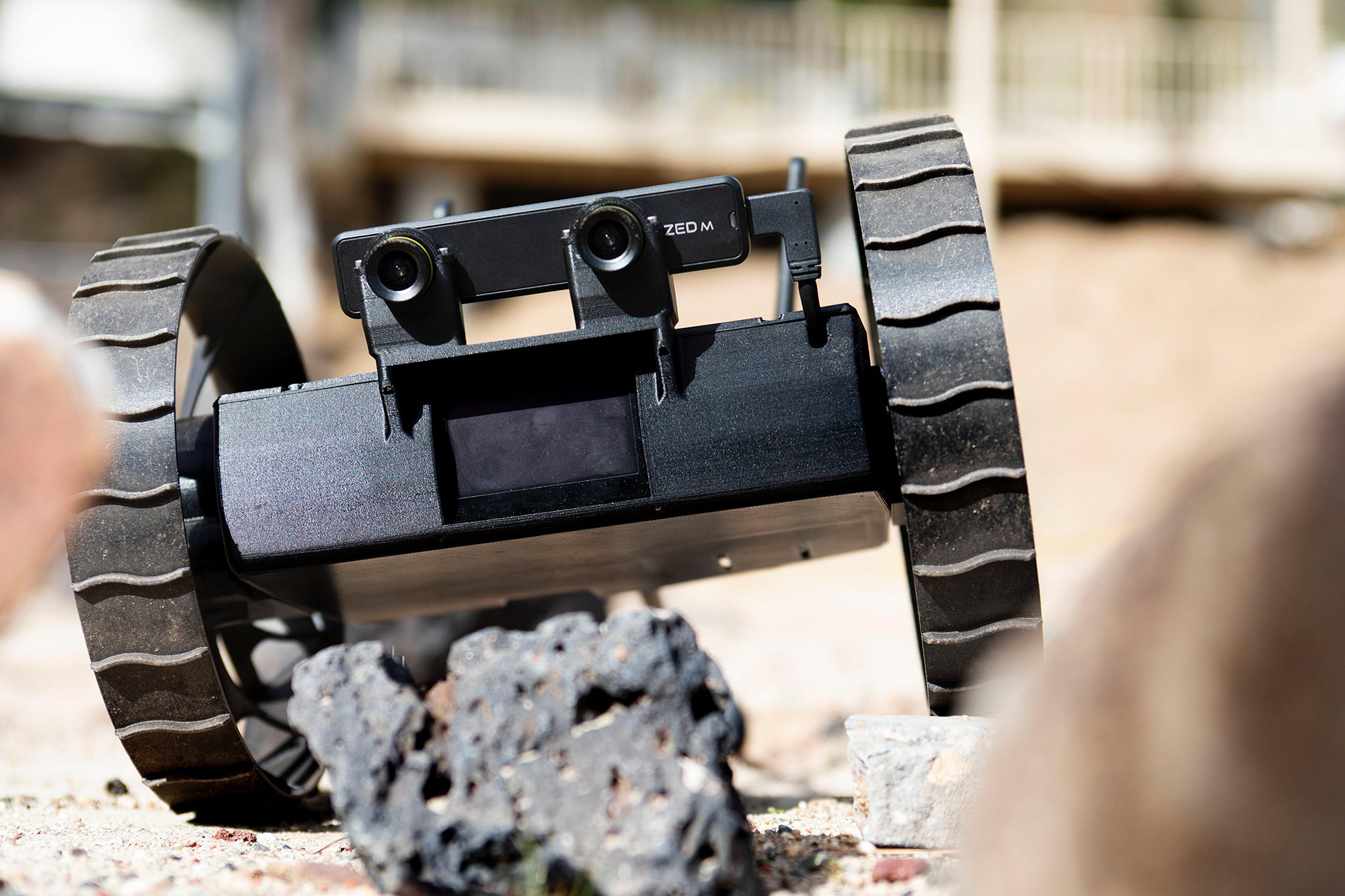
NASA and Education Make Quite the Pear
Subheadline
NASA partnership makes interactive educational resources for teachers nationwide
Few things capture a child’s imagination like space exploration. According to a 2018 study by Harris Insights and Analytics, “astronaut” is one of the most popular answers kids give to the enduring question, “What do you want to be when you grow up?” For all those children who could go on to make those dreams a reality, a solid education in science, technology, engineering, and math (STEM) starts early. Now NASA is lending expertise to bolster one company’s lesson plans.
Pear Deck is a subsidiary of the educational technology firm GoGuardian. The El Segundo, California-based company specializes in building interactive experiences as part of the Pear Deck Learning suite that teachers can use to build and enhance their lessons. Aimed squarely at K-12 educators, lessons for students of all ages and reading levels are available. The cornerstone of Pear Deck’s technology is an extension for Google Slides and Microsoft PowerPoint Online. More than just pre-written slideshows, the browser plugin allows students to interact with the presentations and answer question prompts on their own devices, no hand-raising required.
“It’s a tool that fosters collaborative learning experiences for students, promoting active learning and ensuring an equitable environment in the classroom,” said Amardeep Sahni, director of product management for Pear Deck. “Every student’s voice is heard.”
Befitting the “pear” name, the company’s online marketplace is called the Content Orchard, where teachers can find standards-aligned lessons that fit curricula for several subjects, such as math, English language arts, and science. To further fill out the Orchard’s offerings, the company sought assistance from NASA. The space agency’s Office of STEM Engagement has a long history of educational outreach, not only helping create teaching materials directly, but also working with major technology firms like Microsoft to make other lessons. Knowing this, Pear Deck reached out to NASA about collaborating.
“We have an open call for partnerships,” said Rob LaSalvia, partnerships manager at the Office of STEM Engagement. “Pear Deck responded, and we started discussing what we could do together.”
Working with NASA Headquarters in Washington through an ongoing partnership, Pear Deck has created several lessons based on the agency’s programs, with NASA providing input, alongside images and data from the archives. These lessons aren’t strictly confined to scientific themes but also explore the wider concept of “STEAM,” adding “art” to the list of STEM subjects.
One of the NASA-inspired lessons instructs students to draw and design a robotic insect, working through the factors that would help it explore extraterrestrial environments, teaching students about arthropod biology and engineering at the same time. NASA technology experts were consulted on the agency’s projects and concepts that could tie into the prompt, such as animal-inspired robots designed by the Jet Propulsion Laboratory to explore the moons of our solar system, like the Autonomous Pop-Up Flat Folding Explorer Robot (A-PUFFER) and the Steam Propelled Autonomous Retrieval Robot for Ocean Worlds (SPARROW).
Today, these NASA lessons are among the most popular offerings in the Orchard. More recent lessons produced in conjunction with the space agency include modules based around Mars exploration for younger students, as well as one that combines art and science using the NASA-produced First Woman graphic novel as a springboard. Sahni credits the NASA partnerships with shoring up the content available to teachers, allowing them to educate future space explorers today.
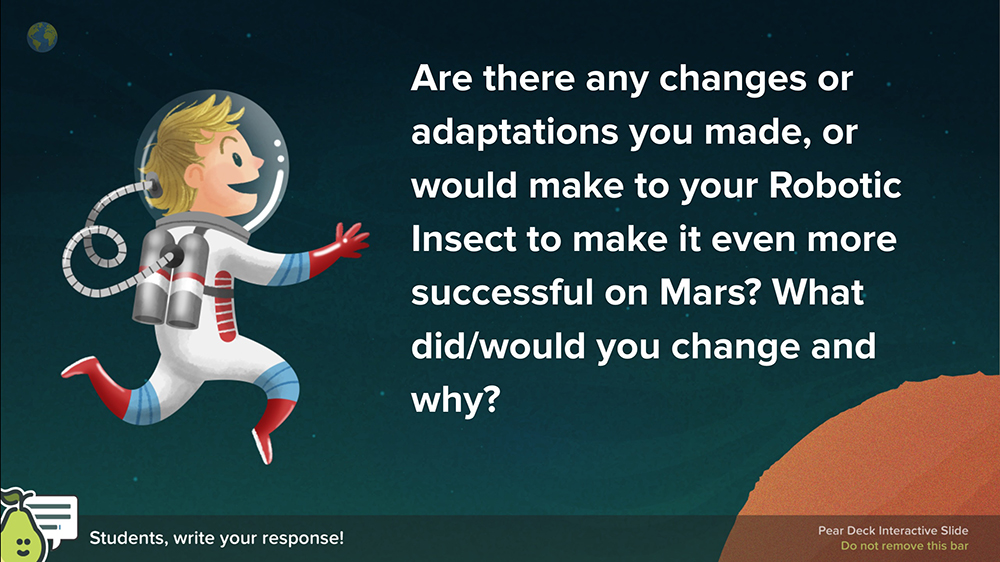
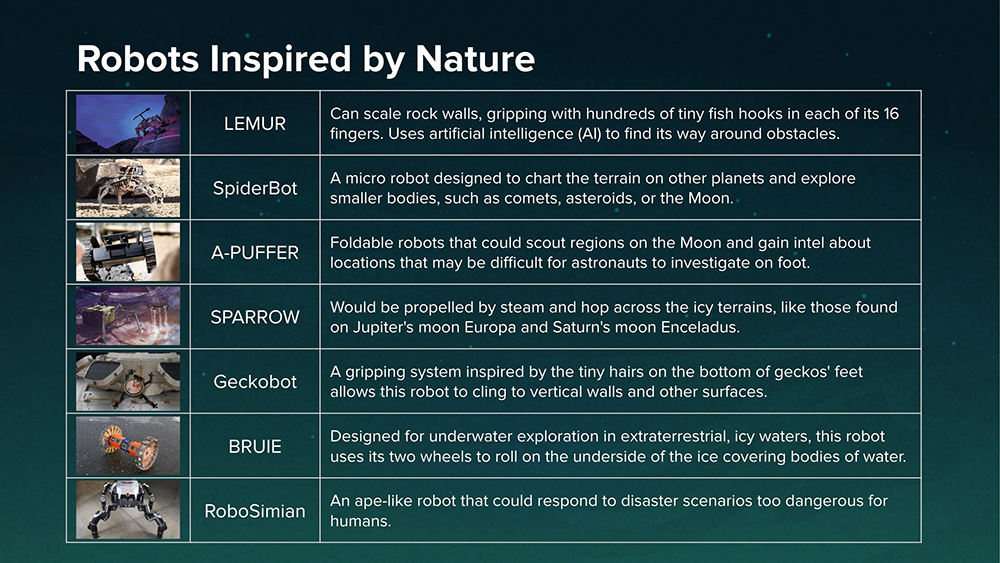
This interactive science lesson instructing students to design a robotic insect is one of many that Pear Deck produced with help from NASA experts. Credit: Liminex Inc.

A-PUFFER is a robot designed by NASA, one of many used as an example of agency technologies in lessons produced as part of the Pear Deck Learning Suite. Credit: NASA /JPL-Caltech

